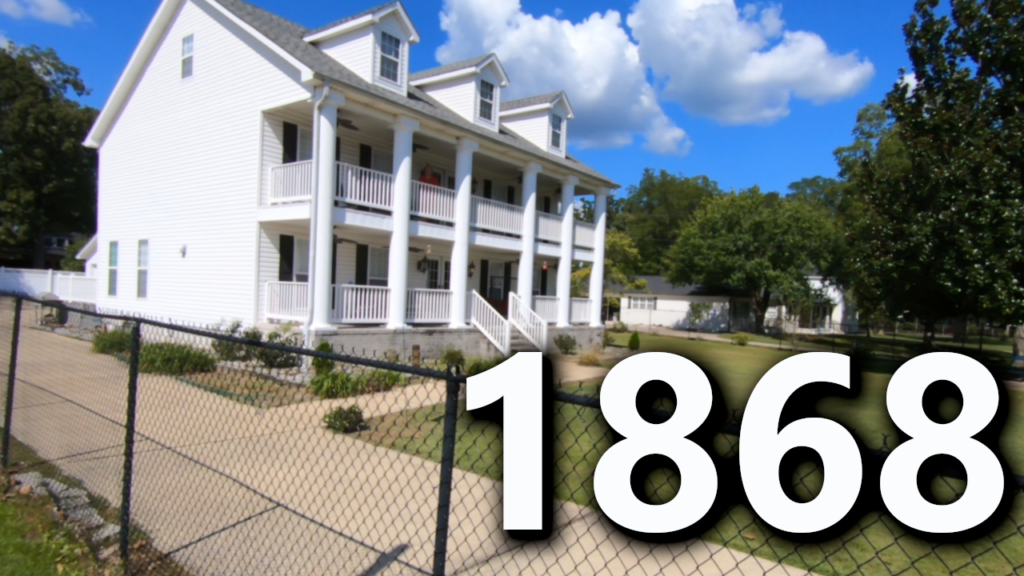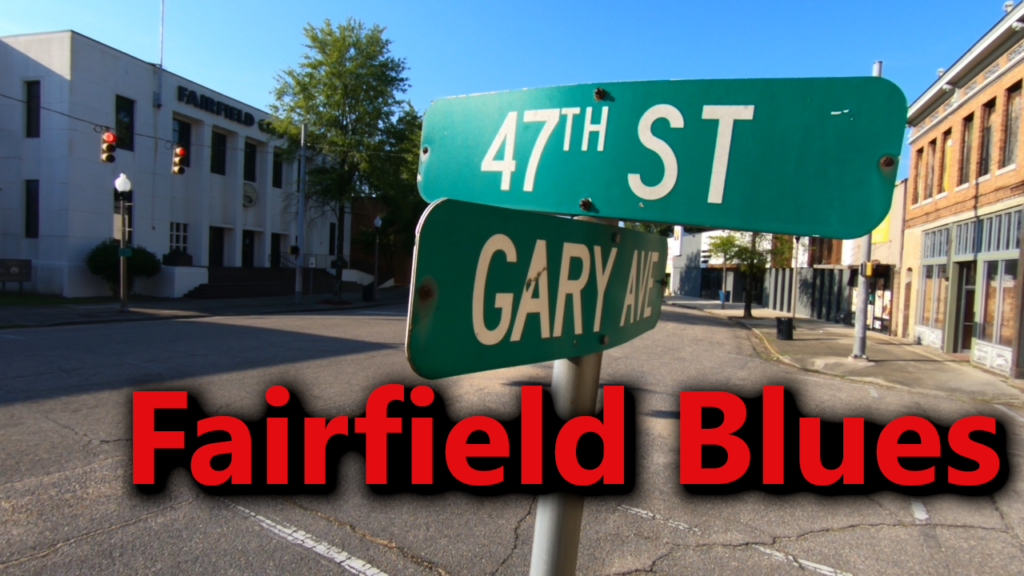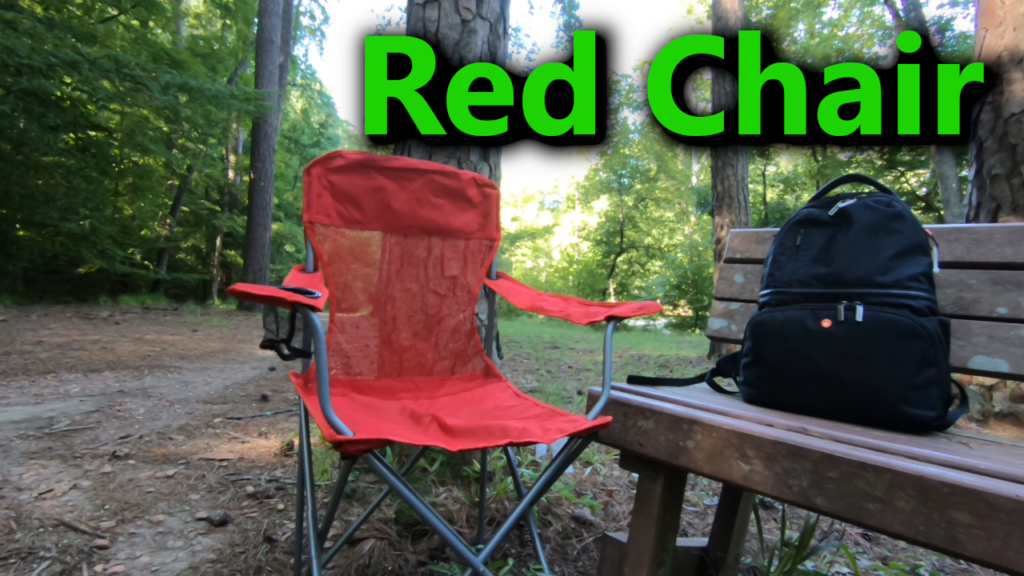
Click here as I explore a once known mining town founded in 1891, Oneonta, Alabama.
Today we explore Oneonta, Alabama, a one time mining community founded in 1891.
According to the city of Oneonta website:
Nestled in the heart of the beautiful Murphree’s Valley in eastern Blount County, Oneonta became known as a mining community settled for its rich seam of Iron Ore discovered by John Hanby in 1817. Incorporated on February 18th, 1891, Oneonta soon became the county seat to Blount County in 1897.
Once a small town made up of a train depot, post office, telegraph office, three stores and only twelve residents, Oneonta has flourished while retaining its charm and community centered heritage. Oneonta has developed to over a total of sixteen square miles and serves an increasing population of approximately 7,000 people according to the 2010 census.
Conveniently situated for a small commute to the larger cities of Birmingham, Gadsden and Huntsville, we welcome growth and opportunity. Oneonta is prepared for industry and prepared to meet the needs of pleasant lifestyles which enrich the livelihood of our local business community.
Once known for being the “Covered Bridge Capitol of the South,” Oneonta is host to the Annual Covered Bridge Festival held on “Main Street” in downtown Oneonta. We are proud to have two bridges nearby, historic Horton Mill Covered Bridge and Easley Covered Bridge. Oneonta offers an abundance of activities for anyone. Locally, for golf enthusiast, Oneonta is home to Heritage Golf and nationally recognized Limestone Springs Golf. For the thrill seekers, take a winding trip over white capping rapids down The Locust Fork River and nearby Mulberry River.
For those interested in rich history and heritage, visit the Blount County Museum, home of the largest collection of local genealogy in our area or visit the many historic sites that the Oneonta area has to offer. Oneonta has preserved its small town charisma and appeal while still offering many retail shops and services that provide its residents and guests with a variety of shopping and food.
We are also very proud to have a highly ranked academic and athletic school system, highly skilled and accomplished Police and Fire departments, credited library, municipal airport and a local hospital and emergency department.









